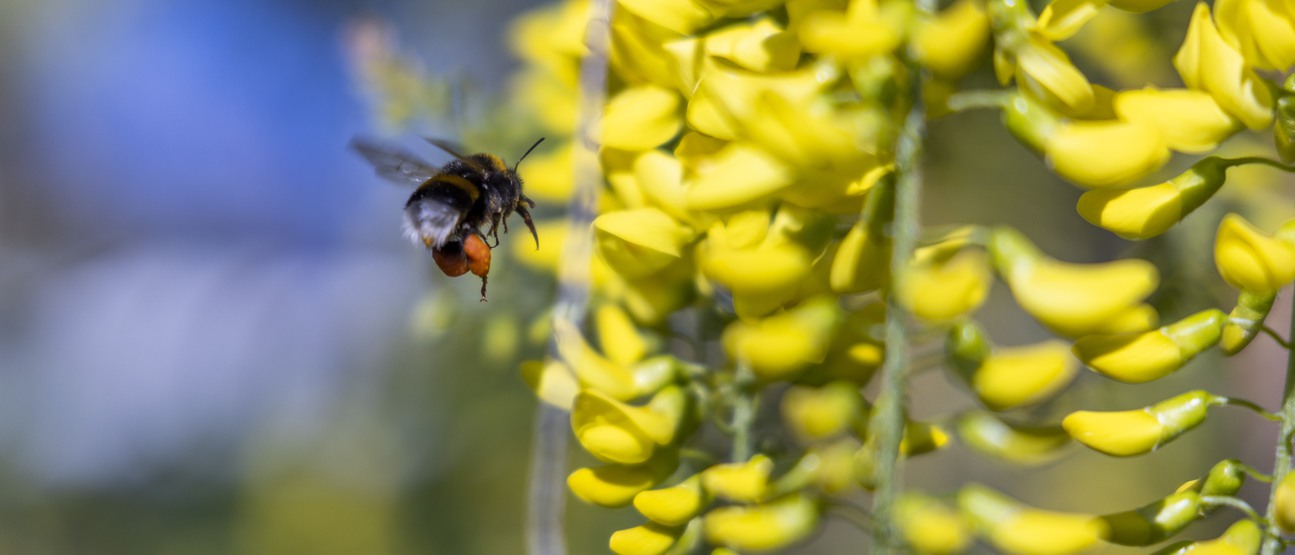
In this project, researchers at the University of Skövde collaborate with Kinnekulle Energi AB, Götene Municipality and the Vänerskärgården Biosphere Reserve to strengthen biodiversity within the landscape in which Kinnekulle Energi has its power line network.
Biodiversity loss and climate change is one of the major environmental issues of our time. Power grid companies can help by contributing to the global Agenda 2030 goals "Ecosystems and biological diversity" and "Sustainable industry, innovations and infrastructure". Power lines run through landscapes and the companies can strengthen the biological diversity in these landscapes by a management that take nature conservation into consideration.
In this project, researchers at the University of Skövde collaborate with Kinnekulle Energi AB, Götene Municipality and the Vänerskärgården Biosphere Reserve to strengthen the green infrastructure and biodiversity within the landscape in which Kinnekulle Energi has its power line network.
See more at kinnekulleenergi.se
A model indicates ability
In the project, an ecological landscape analysis is made based on a model developed by researchers at the University of Skövde. The model indicates and evaluates a landscape's ability to maintain biological diversity and makes it possible to analyse where and how to best strengthen the landscape's green infrastructure. Geographic input data for the analysis is obtained from various databases (e.g. the National land cover data and the Species Portal) as well as from local expert knowledge. Particularly interesting areas that emerge in the analysis are visited and inventoried in the field. Maintenance plans are drawn up and skills training for employees at the network company is carried out.
Other research studies show that adapted management of land under power lines can contribute to and benefit biodiversity, especially for butterflies, bumblebees and bees with biotopes such as grasslands and other open lands, as well as for hazel mice, birds and small game in border biotopes. For example, adapted management can mean that clearing under power lines takes place at shorter intervals, clearing waste is removed or that valuable bush species are given special consideration.
The project contributes to fulfilling the Swedish environmental quality goals A varied agricultural landscape and A rich diversity of plant and animal life. Other environmental quality goals that are also affected are Reduced climate impact, A non-toxic environment, Zero eutrophication, Thriving wetlands, Sustainable forests and A good built environment.



